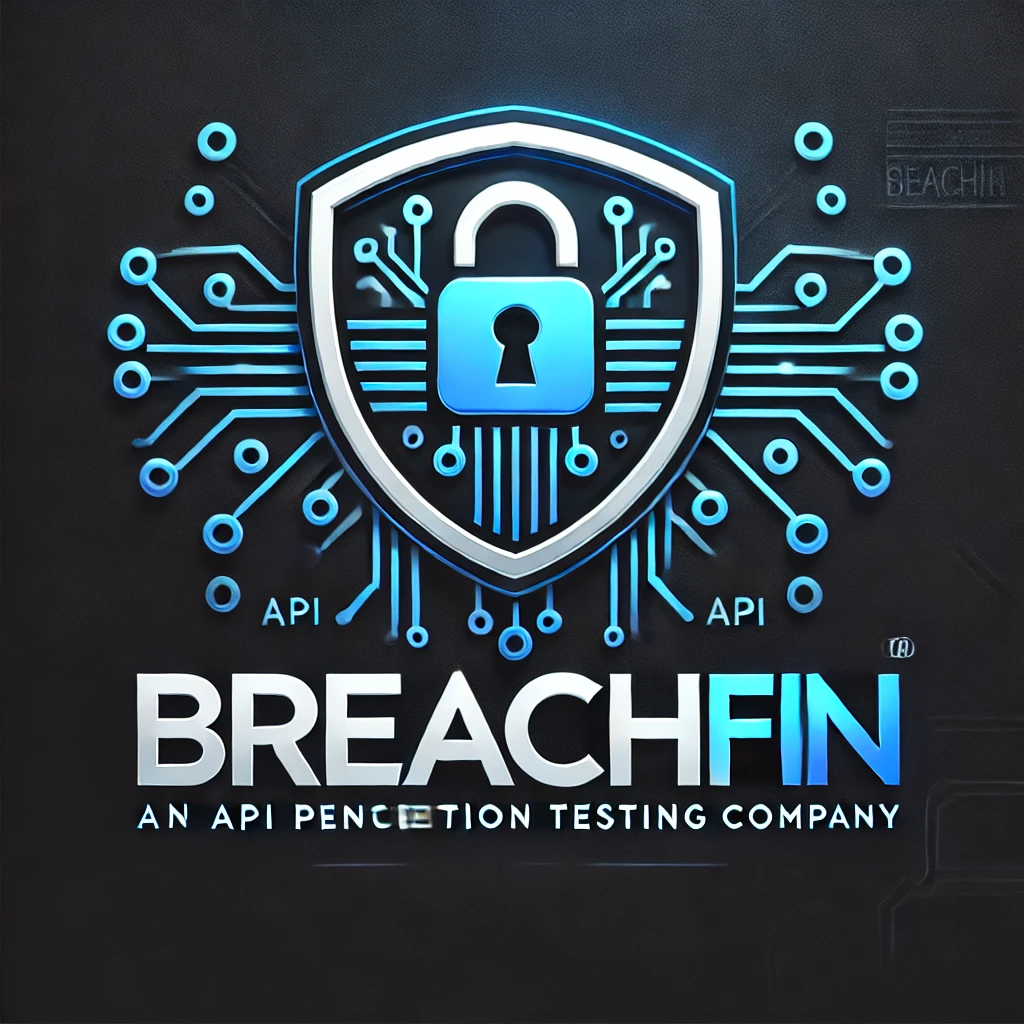In an era where cyber threats are increasingly sophisticated, organizations must proactively identify and mitigate security risks before they become exploitable vulnerabilities. Threat modeling is a structured approach to identifying, assessing, and mitigating security threats in applications, systems, and networks. This blog explores popular threat modeling frameworks, their methodologies, and best practices for implementation.
What is Threat Modeling?
Threat modeling is a proactive process that helps security teams anticipate potential threats, analyze system vulnerabilities, and prioritize mitigation strategies. It provides a blueprint to understand who might attack, what their objectives are, and how they might exploit vulnerabilities.
Popular Threat Modeling Frameworks
Several threat modeling frameworks provide structured approaches to assessing security threats. Below are the most widely used:
1. STRIDE Model (Microsoft)
Developed by Microsoft, STRIDE is an acronym representing six categories of security threats:
- Spoofing: Impersonation of an entity (e.g., password theft, fake identity).
- Tampering: Unauthorized modification of data (e.g., modifying log files, injecting malicious code).
- Repudiation: Denying actions performed in a system (e.g., unauthorized transactions with no audit trail).
- Information Disclosure: Unauthorized access to sensitive data (e.g., data leaks, eavesdropping).
- Denial of Service (DoS): Disrupting system availability (e.g., DDoS attacks, resource exhaustion).
- Elevation of Privilege: Gaining unauthorized higher-level permissions (e.g., privilege escalation attacks).
Best Use Case: Software development, system security assessments.
2. DREAD Model
DREAD is a quantitative risk assessment model that helps prioritize threats based on their potential impact. Each threat is rated on a scale (e.g., 1-10) based on five factors:
- Damage Potential: How much harm can be done?
- Reproducibility: How easily can the attack be reproduced?
- Exploitability: How easy is it to exploit the vulnerability?
- Affected Users: How many users are impacted?
- Discoverability: How easy is it to discover the threat?
Best Use Case: Risk assessment and prioritization of threats.
3. PASTA (Process for Attack Simulation and Threat Analysis)
PASTA is a risk-centric framework that integrates business impact analysis into threat modeling. It consists of seven stages:
- Define Objectives – Align security goals with business impact.
- Define Technical Scope – Identify the system’s attack surface.
- Application Decomposition – Map system components, workflows, and dependencies.
- Threat Analysis – Identify potential attack scenarios.
- Vulnerability Analysis – Assess system weaknesses.
- Attack Modeling – Simulate potential attacks.
- Risk Analysis & Countermeasures – Prioritize and mitigate threats.
Best Use Case: Large enterprises, organizations with strict compliance requirements.
4. TRIKE Model
TRIKE is a compliance-driven threat modeling framework that focuses on risk assessment. It consists of three key components:
- Data Flow Diagrams (DFDs): Visual representation of system components and their interactions.
- Threat Assignments: Assigning threats to specific components.
- Risk Analysis: Assessing the likelihood and impact of each threat.
Best Use Case: Compliance-driven security audits and risk management.
5. VAST (Visual, Agile, and Simple Threat Modeling)
VAST is designed to integrate with Agile development workflows and DevSecOps environments. It introduces two perspectives:
- Application Threat Modeling: Focuses on application-level risks.
- Operational Threat Modeling: Assesses infrastructure and operational threats.
Best Use Case: Agile and DevSecOps teams for real-time threat modeling.
6. Attack Trees
Attack trees represent attack scenarios in a hierarchical structure where the root node is the attacker’s goal, and branches represent different attack methods.
Best Use Case: Security teams visualizing attack pathways and prioritizing mitigations.
7. MITRE ATT&CK Framework
MITRE ATT&CK (Adversarial Tactics, Techniques, and Common Knowledge) is a globally recognized knowledge base that categorizes cyber adversary behaviors.
Best Use Case: Threat intelligence, Red Teaming, and cyber defense operations.
How to Choose the Right Threat Modeling Framework?
Selecting the best framework depends on factors such as:
- Scope of the system: STRIDE works well for software security, while PASTA is ideal for enterprise risk management.
- Risk assessment needs: DREAD helps prioritize risks based on impact and exploitability.
- Development methodology: VAST is best for Agile/DevSecOps teams.
- Compliance requirements: TRIKE ensures regulatory compliance and risk mitigation.
Best Practices for Effective Threat Modeling
- Start Early: Integrate threat modeling in the early stages of software development.
- Use Multiple Frameworks: Combining STRIDE, DREAD, and MITRE ATT&CK can provide comprehensive threat analysis.
- Involve Cross-functional Teams: Engage security teams, developers, and business analysts for a holistic approach.
- Automate When Possible: Utilize tools like OWASP Threat Dragon, Microsoft Threat Modeling Tool, and PASTA automation tools.
- Continuously Update Models: Cyber threats evolve; update models regularly to address emerging risks.
Conclusion
Threat modeling frameworks are essential for proactive cybersecurity, enabling organizations to identify, analyze, and mitigate security threats before they are exploited. By selecting the right framework and integrating it into security operations, organizations can enhance their cyber resilience and protect critical assets from adversaries.


Leave a Reply